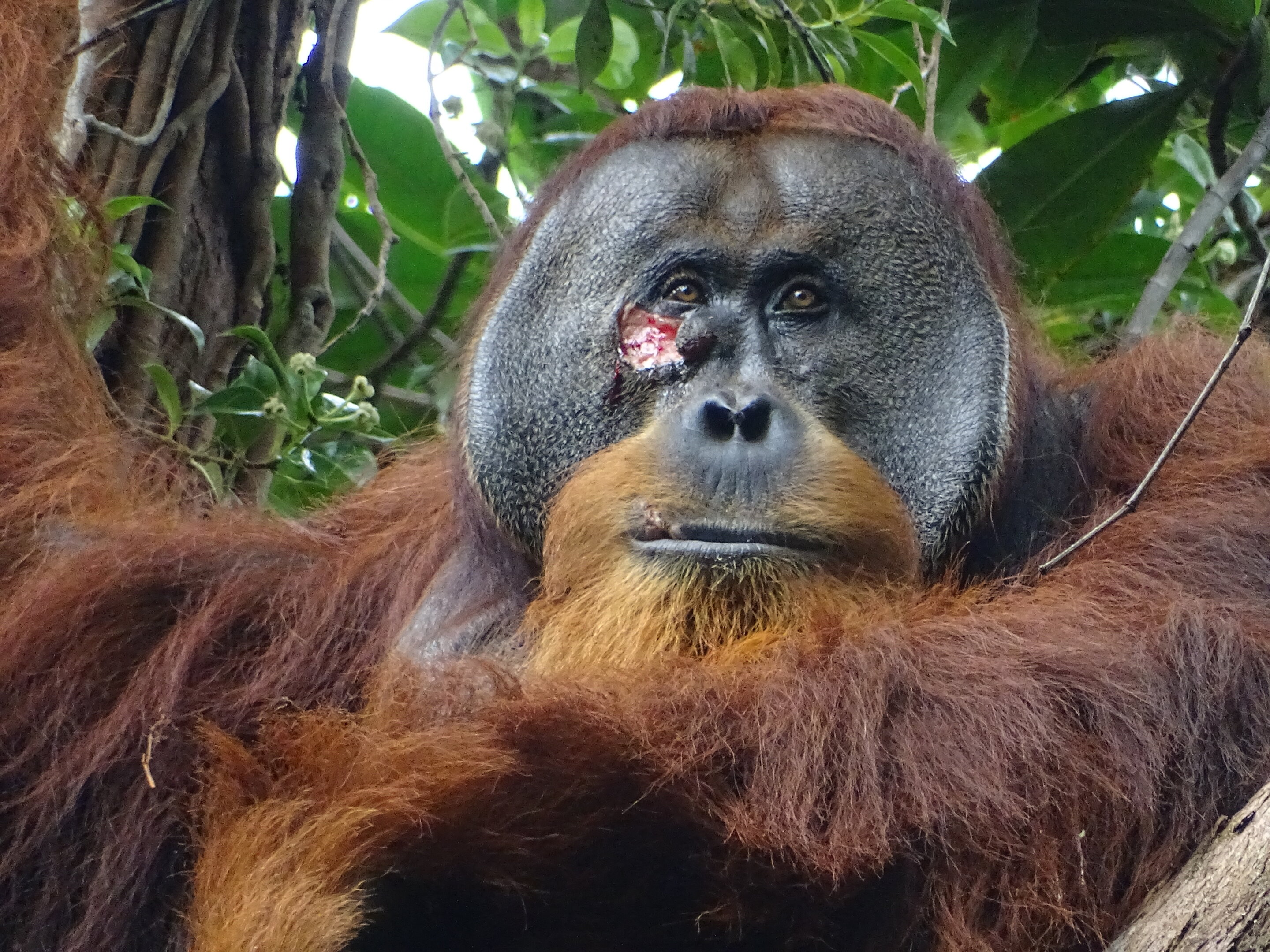SuperAnimal, a groundbreaking deep learning model, has emerged as a transformative tool in the study of animal behavior. This revolutionary technology, developed by a team at the École Polytechnique Fédérale de Lausanne (EPFL) under the leadership of Dr. Mackenzie Mathis, is designed to detect animal motion across various species and environments with unprecedented accuracy.
Source: TED/YouTube
The Importance of Analyzing Animal Behavior
Understanding animal behavior is crucial for several reasons. It encompasses interactions with others, the environment, and different organisms, and includes activities like foraging, mating, parenting, social interactions, and communication. These behaviors, influenced by genetic and environmental factors, provide valuable insights into animal health, welfare, and ecological roles. Consequently, they enable more effective Conservation efforts and animal care practices.
Moreover, studying animal behavior can enhance human-animal interactions and promote sustainable ecosystems, ultimately contributing to the well-being of both animals and humans.
Decoding Animal Emotions Through Movement
Animals cannot verbally communicate their feelings, but their movements can tell a detailed story. SuperAnimal leverages AI to analyze these movements across a wide range of species, including cows, dogs, cats, and mice, thereby eliminating observer bias and enhancing the accuracy of behavioral analysis.
Dr. Mathis’s team has introduced this open-source tool for posture analysis in behavioral phenotyping, as detailed in a recent Nature Communications article. SuperAnimal requires no human annotations to track animal movements, automatically identifying keypoints (joints) in over 45 animal species.
Advancing from DeepLabCut to SuperAnimal
SuperAnimal builds on the success of a previous pose estimation technique known as DeepLabCut. It compiles a large set of annotations from various databases, training the model to learn a harmonized language through a process called pre-training the foundation model. This standardization makes labeling 10 to 100 times more efficient than current tools.
Users can deploy the base model or customize it further with their data, enhancing its versatility and applicability across different fields.
Enhancing SuperAnimal with Natural Language Interfaces
SuperAnimal has broad applications, from veterinary medicine and Conservation to neuroscience and athletic performance analysis in animals. Future versions aim to include birds, fish, and insects, and integrate with natural language interfaces to create more accessible tools.
For instance, the team recently developed AmadeusGPT, which allows for video data queries through written or spoken text, expanding the capabilities of AI in complex behavioral analysis.
Potential Applications of SuperAnimal
SuperAnimal’s potential is vast. In veterinary medicine, it can monitor animal health and detect early signs of illness. Conservationists can study endangered species‘ behavior to develop better protection strategies. Neuroscientists can analyze animal models to understand brain functions and behaviors. In agriculture, farmers can monitor livestock to improve welfare and productivity. Additionally, sports scientists can analyze athletic performance in animals for better training methods, and biomedical researchers can enhance the accuracy of experiments with laboratory animals.
A New Era of Ethical and Effective Animal Research
In summary, the integration of AI into behavioral studies marks a significant advancement. SuperAnimal eliminates the biases and inconsistencies of traditional methods by providing objective, automated analysis of animal movements. This capability is especially valuable in large-scale studies where manual tracking is impractical. With careful oversight, SuperAnimal promises to usher in a new era of ethical and effective animal research, benefiting multiple scientific and medical fields.
This article by Nicholas Vincent was first published by One Green Planet on 3 July 2024 2024. The full study is available in the journal Nature Communications. Image Credit :Johan Swanepoel/Shutterstock.
What you can do
Help to save wildlife by donating as little as $1 – It only takes a minute.







Leave a Reply